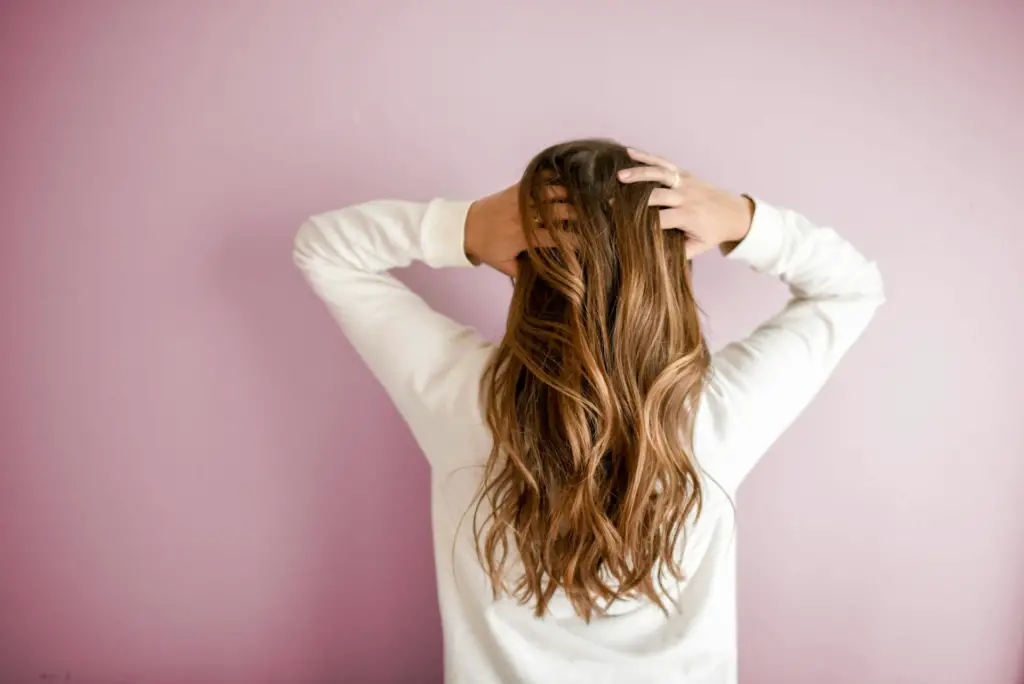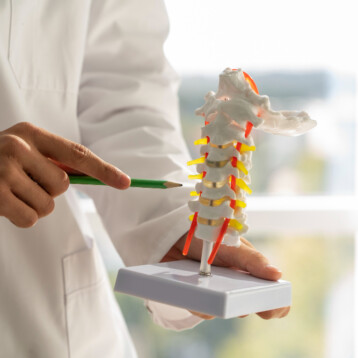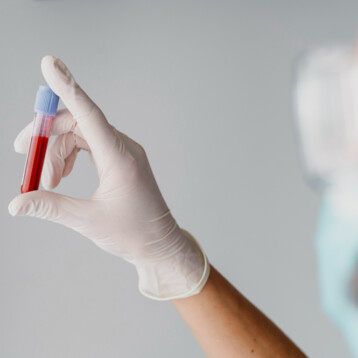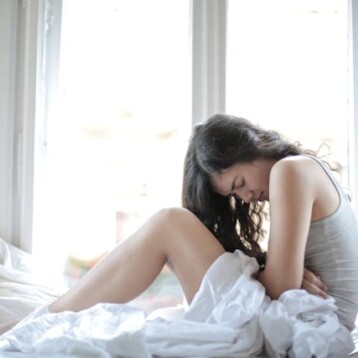
Having a baby and being pregnant are some of the most exciting times in life, but what’s not exciting is the aftermath. Nobody looks forward to the screaming baby at night time, but that’s how they plan for the aftermath of a pregnancy. They think about the baby’s needs and what the baby wants and how to build the baby’s schedule around their own.
Of course they do, because that’s what people plan for when they’re having a baby.It’s only really in the last few weeks of pregnancy that women start paying attention to what their own bodies will need once they’ve given birth. They might meal prep or ask family members to bring meals over so they don’t have to cook. They may set up a station of pads in the freezer that are filled with witch Hazel and frozen in order to use them as an ointment post birth. Some women even managed to get breast pads and breast milk bags ready so that in case they have any oversupply, they can pump and dump into the freezer.
What most people don’t think about is their hair. After pregnancy, around month 4, you’ll start to notice a sudden shedding of your hair, and sometimes this can happen in clumps. This can be terrifying the very first time you’ve stood in the shower and you pull out a whole handful of your hair from your head. In fact, you may even think all of your hair is about to leave you and you’re going to go bald, but I promise that’s not going to happen.
The average person loses around 100 hairs a day from their head, and while that sounds like a lot, it’s not. They don’t lose 100 hairs at once. When you’re having a baby, your pregnancy hormones stop that shedding process, so your hair feels thick, lustrous and it grows very long and feels very healthy. After the pregnancy hormones leave your body, that hair needs somewhere to be. All good things, including lustrous hair, have to come to an end, so here are some tips for relieving that postpartum hair loss.
- Prepare with supplements. You have to keep your hair healthy, and that means eating well, staying hydrated, and continuing to take your prenatal vitamin supplements. You might also look into preparing a Nutrafol 3 month supply so that you have what you need for healthy hair. Supplementation should always be complemented with a good and healthy diet, so make sure that you are speaking to your midwives or your doctor and making sure that you are keeping up with a healthy routine of nutrients in your system. It’s not always easy to sit down to a healthy meal when you’ve got a baby screaming and wanting your attention. That doesn’t mean you can’t prepare some easy smoothies or soups so that you can sip as you go.
- Be as gentle as possible with your hair. If you spent months throwing your hair onto the top of your head in the messy bun, it’s time to stop. Keeping your hair tied back very loosely in a plait with a soft tie at the bottom of it can help you to keep the hair out of the way of the baby without putting too much weight or pressure on your scalp. You need to prevent excess hair loss after pregnancy, so you need to be extra gentle. Don’t shampoo too often and when you do, use a good conditioner with a wide tooth comb to minimize any tangling. Tangling is only going to be worse for hair loss when you are trying to detangle it in the end. Washing your hair once a week postpartum is going to be more than enough if you want to minimize hair loss.
- Use the right accessories. Elastic bands are a big no no if you’re trying to keep your hair on your head. Use scrunchies or even barrettes to put your hair up so that you don’t have to worry about having it pulled too tight.
- No more heat. For at least a year, try to leave the straighteners, the curlers or the blow dryer alone. Heat can damage your hair and inner space in your life where your hair is going to be falling out. You don’t want to add any more to it than necessary.
- Don’t book anything chemical. It’s time to embrace your natural colour this year. If you’re going to see your hairdresser, get your hair trimmed or cut to minimize the loss. But don’t add any perms, straightening sessions or highlights until the shedding has stopped. Otherwise, it’s literally going to be money that runs through your hands.










